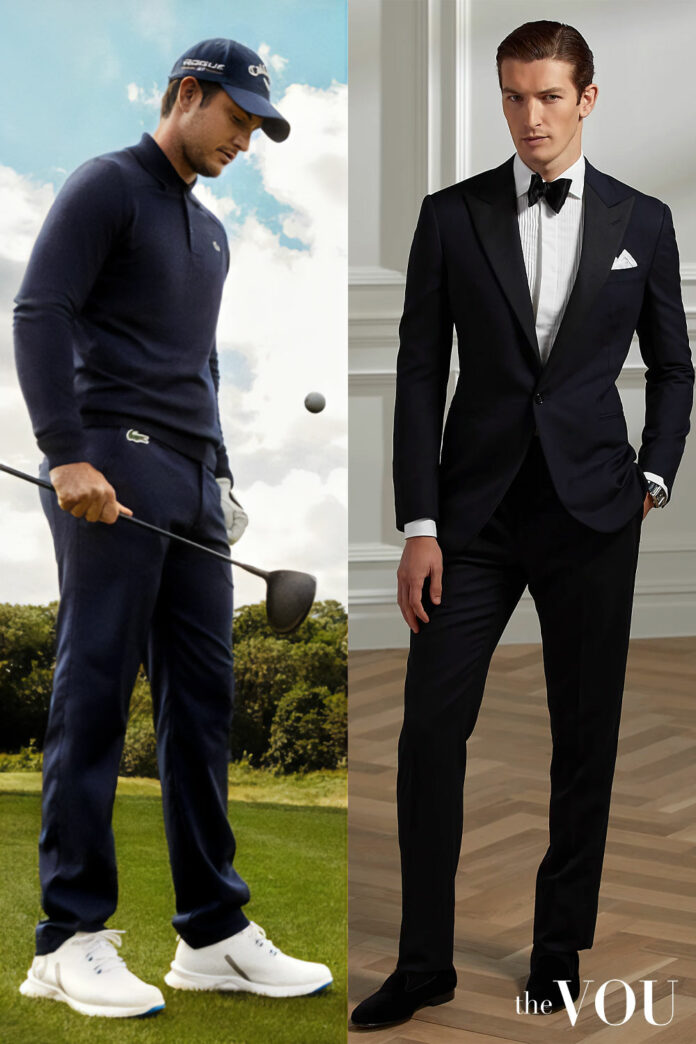In the complex world of fashion, terms like attire, outfits, clothing, apparel, aesthetic, and style are interchangeably but erroneously used.
In this article, we’ll explain what ‘fashion attire’ means and deconstruct its aesthetic parts, functional requisites, and social implications.
We’ll also define ‘fashion attire’ within the broader fashion concept and its associations with other fashion terms such as apparel, outfit and clothing.
So, What is Attire?
The word attire comes from the Middle English “attiring,” which means fitting oneself with garments, as in getting dressed for a specific purpose. [1]
Attire describes a curated ensemble of garments deliberately chosen for a specific task, job, or social context, given their functional form.
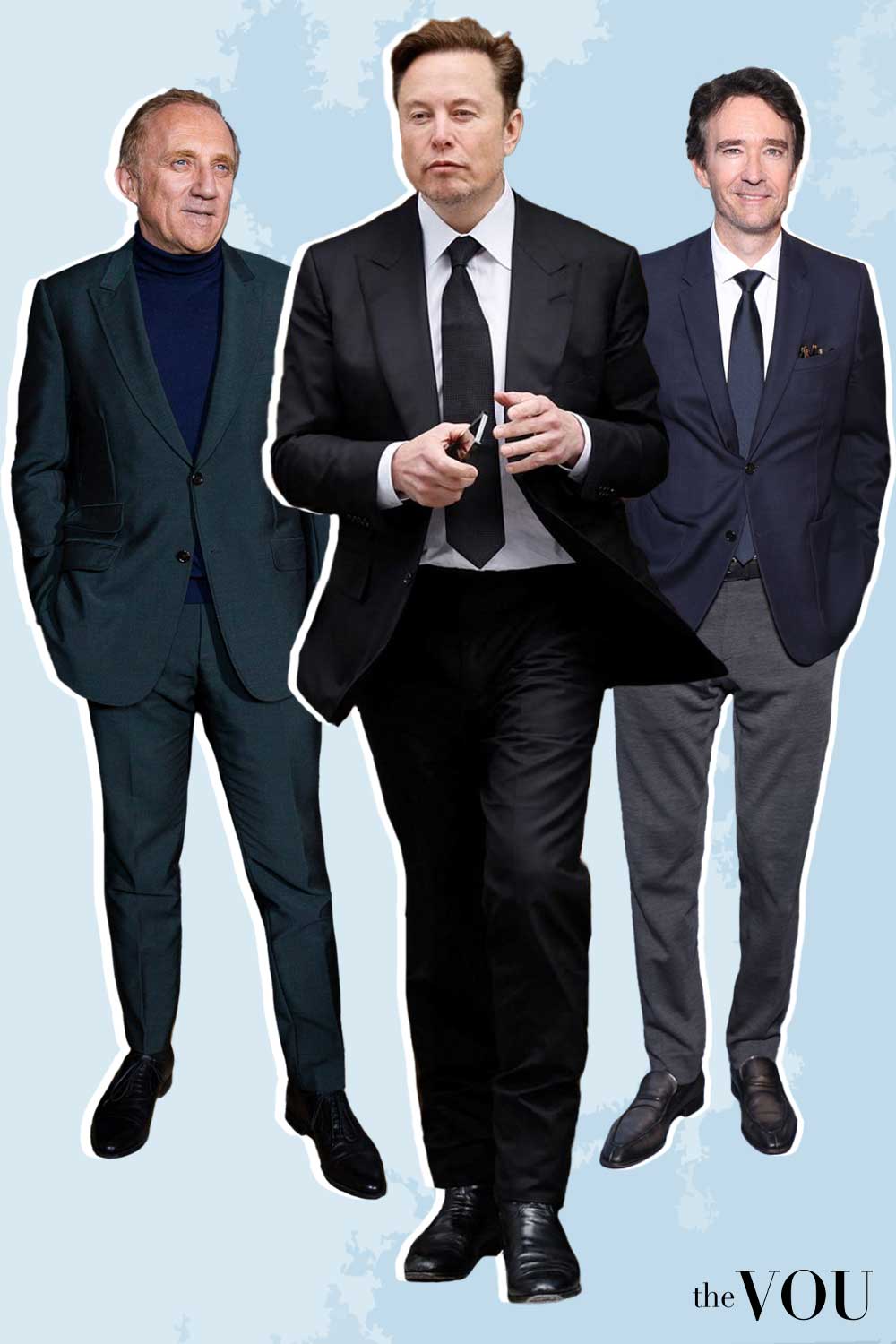
Attire’s Role
We wear attire most to fulfil a social role (doctor, lawyer) or to attend a function (wedding, funeral).
Functionally, attire addresses the appropriateness for different occasions, considering comfort, durability, and so on.[2]
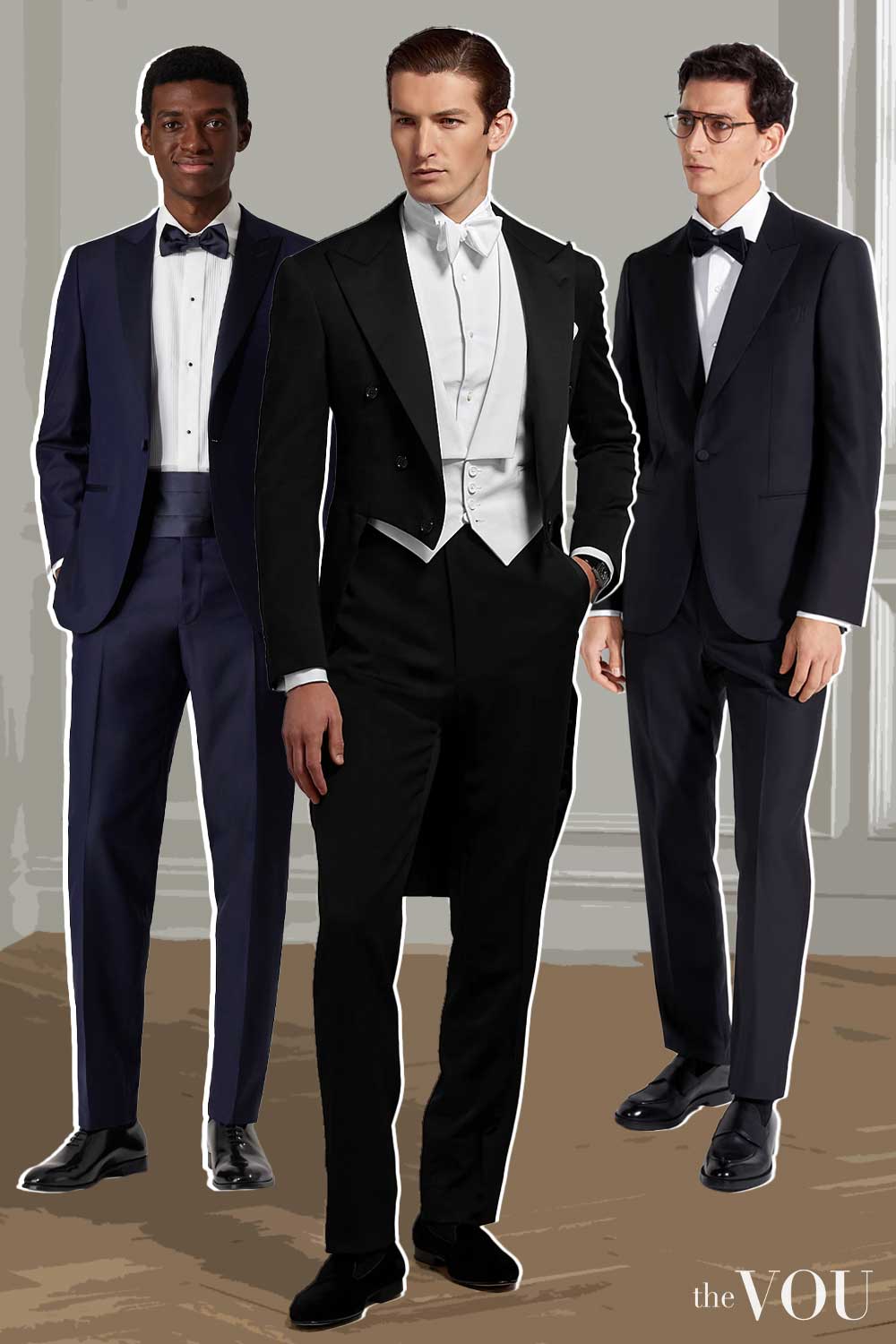
Most importantly, attire is adorned with motifs and patterns that are more than ornaments but convey symbolic meanings and cultural narratives.
However, understanding and respecting the visual message depicted by certain attire relies on social consensus and strata.
Attire’s Aesthetic
Fashion attire combines aesthetic elements like motifs, patterns, palettes, shapes, and materials, converging to create a visual language. [3]
Specific forms and shapes – such as oversized shoulders in army uniforms – contribute to the overall visual appeal of attire, affecting not only its wearability and comfort level but also its social influence.
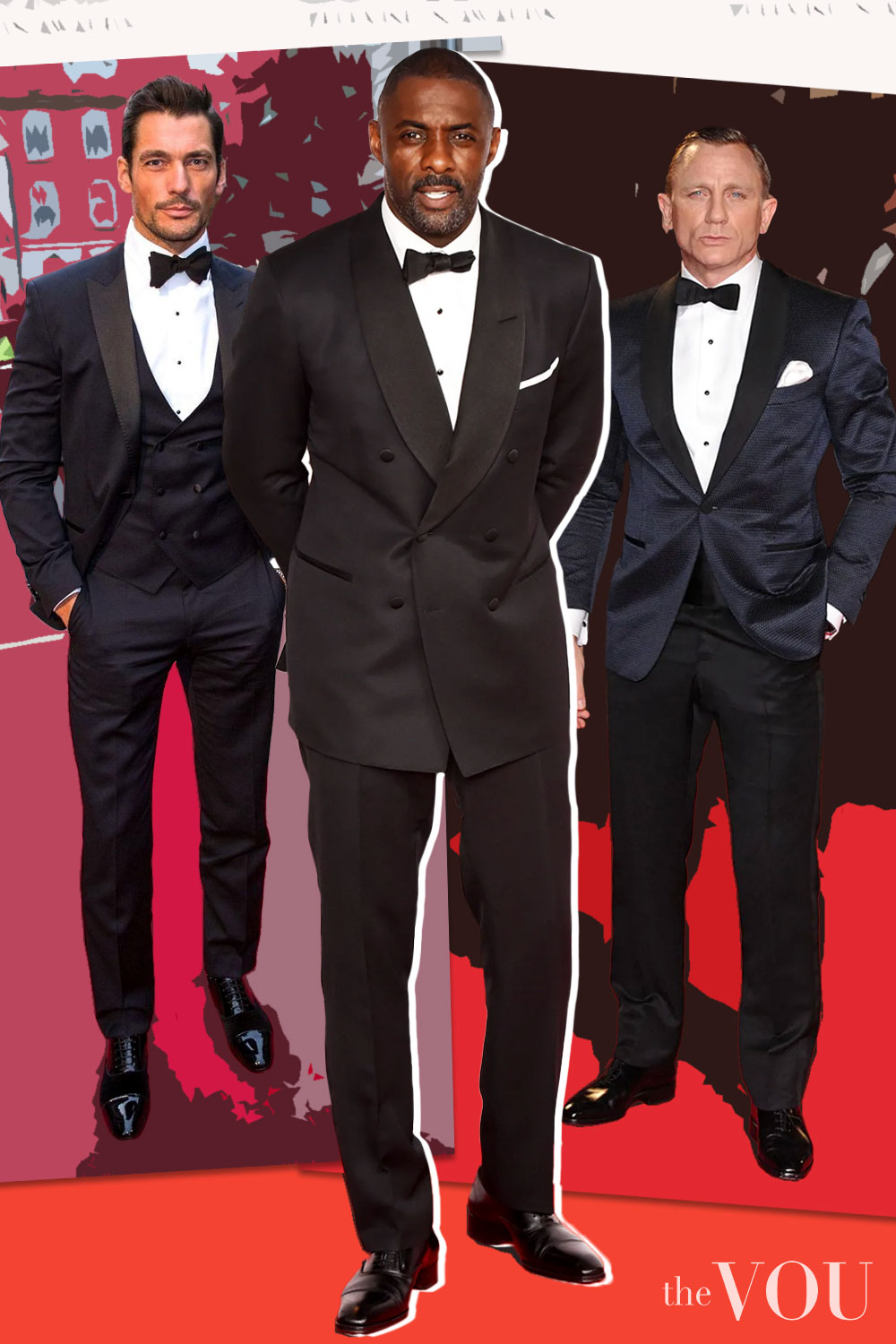
The silhouette of attire, be it tailored and angular or flowing and amorphous, signifies different ideals and roles that can drastically alter social perceptions.
For example, the prevalence of monochrome in corporate attire or the use of striking colours in tropical cultures goes beyond aesthetic appeal, extending into realms of social signalling and psychological impact.
Attire Examples
An example of attire is the Japanese kimono ensemble, where the fabric and colour have explicit symbolic intentions, while extra motifs represent social grades. [4]
The same applies to the classic silhouette of a tuxedo jacket in luxurious materials, satin lapels, and hand-stitched buttons.
Visually imposing, the tuxedo has a functional side aiming to serve as formalwear, suitable for ceremonies and elegant gatherings.
Attire vs Outfit
Both ‘attire’ and ‘outfit‘ refer to a collection of clothes and accessories, but the nuances that distinguish them lie in function, aesthetics, and occasion specificity.
Outfits illustrate combinations of garments in a specific fashion style, while attire refers to garments intended for work environments or social occasions.

Attire communicates far more than a personal style, implying intentionally assembling an outfit for a specific purpose or social context, such as police or doctor uniforms, footballer kits, or dancing show costumes.
1. Function
Whether a wedding, sports, or professional, attire is always associated with formal or specialised dress codes.
In contrast, Outfit refers to any form of stylistic ensemble suitable for all kinds of events, from casual and informal to business-casual, formal, red-carpet, gala, and charity shows.
2. Aesthetics
While both terms encapsulate aesthetic elements, attire uses traditional aesthetics with roots in formal or cultural settings.
On the other hand, an outfit comprises aesthetic elements and motifs belonging to certain subcultures.
3. Occasion Specificity
Attire is occasion-specific, and failure to adhere to its unspoken norms may result in social faux pas.
Outfit carries less social weight and provides the ground for personal fashion style and self-expression.
Attire vs Clothing vs Garment
Although attire is made of Clothing and Garments, these terminologies represent different concepts within the fashion ecosystem. [5]
Clothing is a broad term that encompasses all kinds of clothes designed to cover the human body.
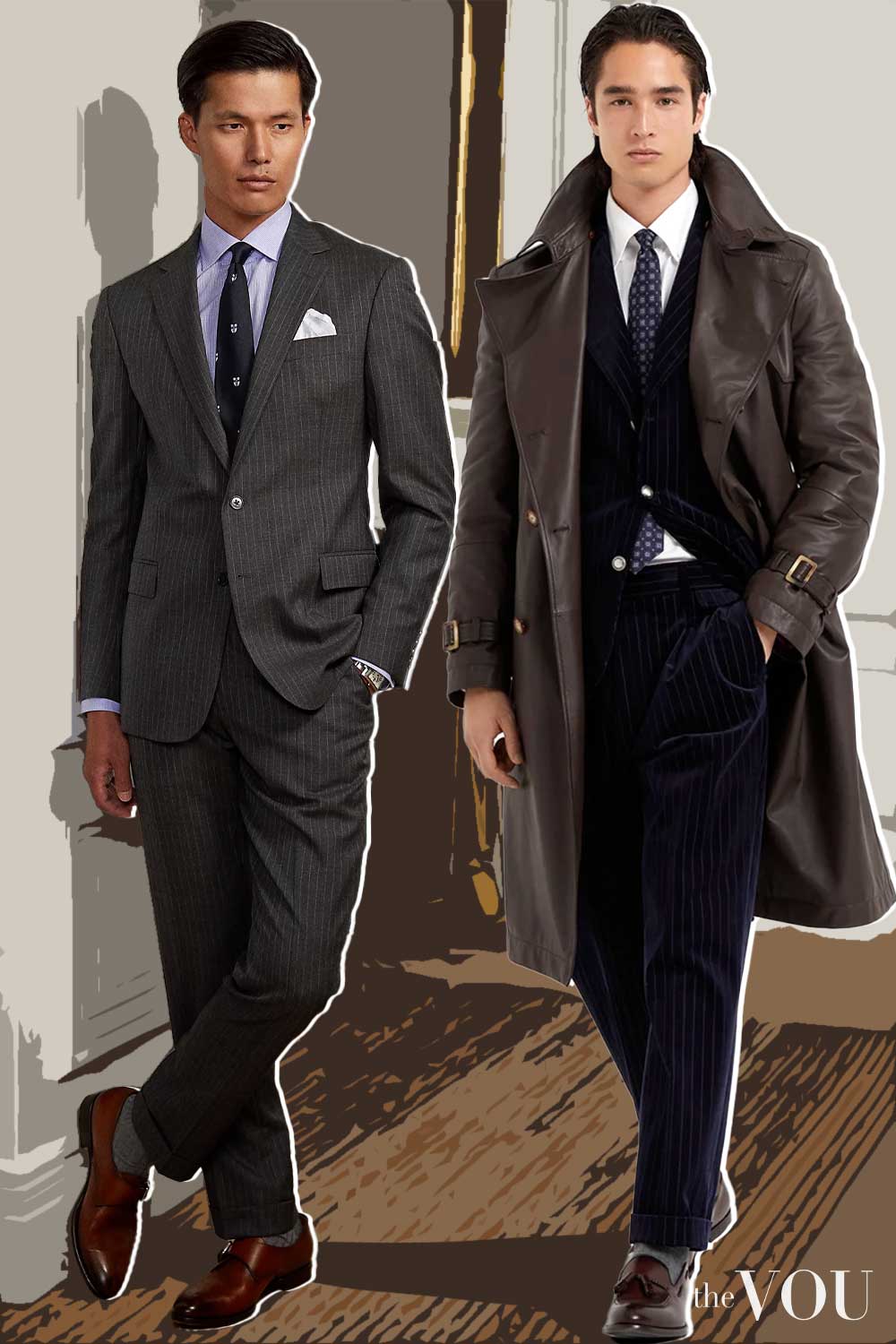
Garment describes a single piece of clothing, such as a dress or a suit, without the connotations of a complete attire or Outfit.
On the other hand, attire amalgamates aesthetics, functionality, and social signalling into a singular ensemble of clothes to convey a role in the social context and collective meanings.
In the case of attire, each garment, footwear, and accessory has silhouettes, patterns, colours, and materials that convey a specific message and role.
Attires Types
- Formal Attire
- Semi-formal Attire
- Casual Attire
- Smart-casual Attire
- Business Attire
- Business-casual Attire
- Corporate Attire
- Corporate-casual Attire
- Office Attire
- Office-casual Attire
- Cocktail Attire
- Wedding Attire
- Black-tie Attire
- White-tie Attire
- Evening Attire
- Funeral Attire
- Interview Attire
- Gala Attire
- Ball Attire
- Opera Attire
- Concert Attire
- Clubbing Attire
- Disco Attire
- Festival Attire
- Golfing Attire
- Skiing Attire
- Tennis Attire
Take the First Step With The VOU’s Styling Quizzes
Start your style journey with our free resources. First, take our Face Shape Quiz to confirm your face shape and receive initial styling guidance.
Then, discover your most flattering colours with our Seasonal Colour Analysis Quiz.
Learn which garment styles suit you best through our Body Shape Quiz, and find your ideal personal style with our Fashion Style Quiz.
Transform Your Image with The VOU’s Professional Guidance
For comprehensive image development that goes beyond hat selection, The VOU offers expert styling services to ensure your complete look projects success and sophistication.
Our Professional Face Shape Analysis package provides you with a scientific analysis of your exact face shape, personalised hairstyle recommendations, customised facial hair styling guide, expert eyewear selection guidance, and detailed grooming recommendations tailored to your unique features.
For the most comprehensive transformation, consider our Complete Image Transformation Package.
This premium service includes our Professional Face Shape Analysis, Seasonal Colour Analysis, Body Shape Analysis, Fashion Style Analysis, Wardrobe Curation Guide, and Personal Brand Development.
Through this complete package, you’ll develop a cohesive style that communicates success and sophistication across all aspects of your appearance.
Bibliography
[1] Wedgwood, H. (1862) A dictionary of English etymology. London: Trübner & Co.
[2] Sotak, K.L. et al. (2023) ‘Perceptions of ethicality: The role of attire style, attire appropriateness, and context‘, Journal of Business Ethics.
[3] Venkatesh, A. et al. (2010) ‘The aesthetics of luxury fashion, body and identify formation‘, Journal of Consumer Psychology, 20(4), pp. 459–470.
[4] Goldstein-Gidoni, O. (1999) ‘Kimono and the construction of gendered and cultural identities‘, Ethnology, 38(4), p. 351.
[5] Kawamura, Yuniya. (2004) ‘Fashion-ology: An Introduction to Fashion Studies.’ Fashion Theory‘, vol. 8, no. 2, pp. 191–213.
With over twenty years of front-row fashion and styling events, collabs with haute-couture houses, and a PhD in Luxury Fashion, Laurenti is an expert in crafting personalised looks that depict old-money sophistication.
With years of expertise in high-end fashion collabs and a PhD in Sustainable Fashion, Ru specialises in eco-luxe wardrobes for the modern gentleman seeking understated refinement.


